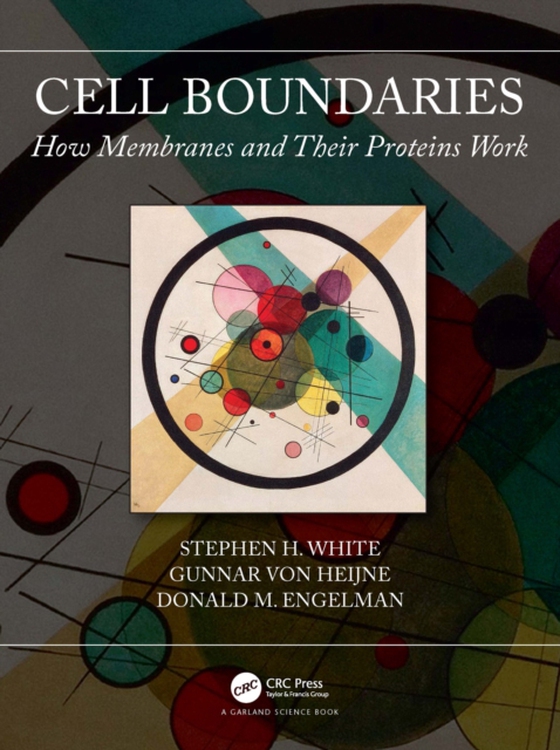
Cell Boundaries e-bog
802,25 DKK
(inkl. moms 1002,81 DKK)
The central themes of Cell Boundaries concern the structural and organizational principles underlying cell membranes, and how these principles enable function. By building a biological and biophysical foundation for understanding the organization of lipids in bilayers and the folding, assembly, stability, and function of membrane proteins, the book aims to broaden the knowledge of bioscience st...
E-bog
802,25 DKK
Forlag
Garland Science
Udgivet
31 december 2021
Længde
546 sider
Genrer
Pre-clinical medicine: basic sciences
Sprog
English
Format
pdf
Beskyttelse
LCP
ISBN
9781000508536
The central themes of Cell Boundaries concern the structural and organizational principles underlying cell membranes, and how these principles enable function. By building a biological and biophysical foundation for understanding the organization of lipids in bilayers and the folding, assembly, stability, and function of membrane proteins, the book aims to broaden the knowledge of bioscience students to include the basic physics and physical chemistry that inform us about membranes. In doing so, it is hoped that physics students will find familiar territory that will lead them to an interest in biology. Our progress toward understanding membranes and membrane proteins depends strongly upon the concerted use of both biology and physics. It is important for students to know not only what we know, but how we have come to know it, so Cell Boundaries endeavours to bring out the history behind the central discoveries, especially in the early chapters, where the foundation is laid for later chapters. Science is far more interesting if, as students, we can appreciate and share in the adventures-and misadventures-of discovering new scientific knowledge.Cell Boundaries was written with advanced undergraduates and beginning graduate students in the biological and physical sciences in mind, though this textbook will likely have appeal to researchers and other academics as well.Highlights the history of important central discoveriesEarly chapters lay the foundation for later chapters to build on, so knowledge is amassedHigh-quality line diagrams illustrate key concepts and illuminate molecular mechanismsBox features and spreads expand on topics in main text, including histories of discoveries, special techniques, and applications
 Dansk
Dansk

